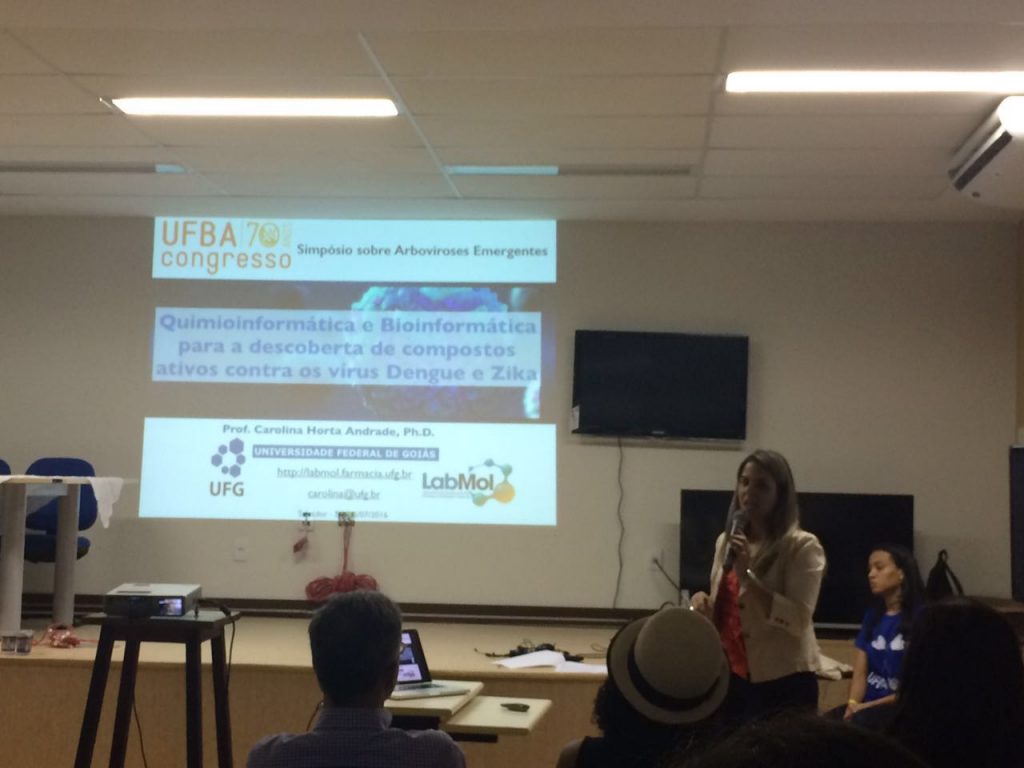The green tea molecule EGCG inhibits Zika virus entry
During ZIKV the outbreak in Brazil it was observed an increase of almost 20 times the number of reported cases of microcephaly in newborn babies. There is no vaccine or approved drug available for the treatment and prevention of infections by this virus. EGCG, a polyphenol present in green tea has been shown to have an antiviral activity for many viruses. In view of the need for the development of a drug against a Brazilian strain of ZIKV, we assessed the effect of EGCG on ZIKV entry in Vero E6 cells. The drug was capable of inhibiting the virus entry by at least 1-log (>90%) at higher concentrations (>100 μM). The pre-treatment of cells with EGCG did not show any effect on virus attachment. This is the first study to demonstrate the effect of EGCG on ZIKV indicating that this drug might be possibility to be used for prevention of Zika virus infections.
















